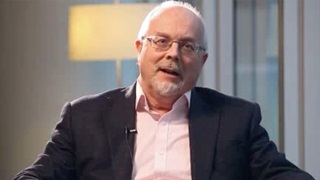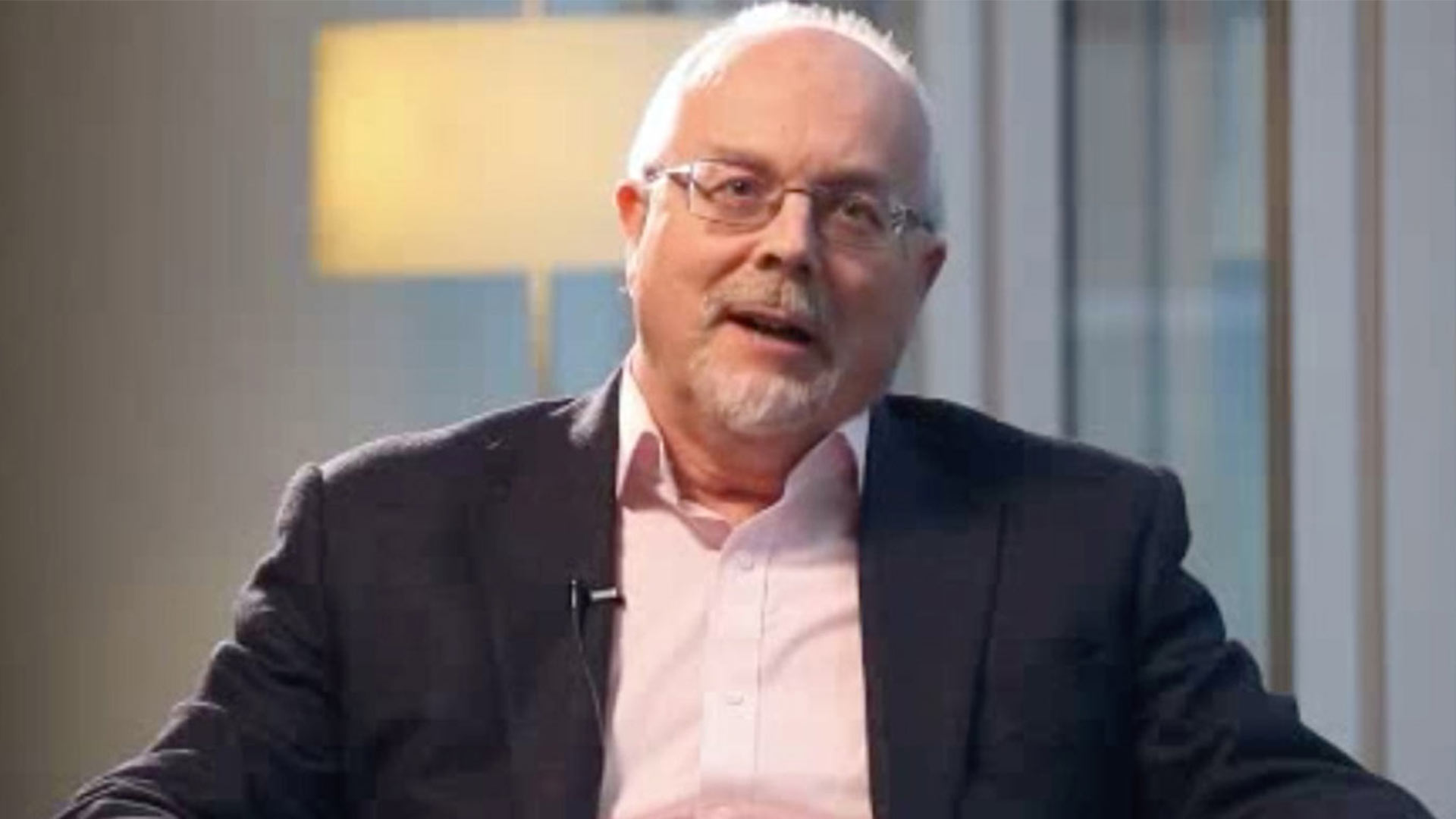
Calnan on jurisprudence
Limiting the powers of (unelected) judges | Issue 13 | 2018 | who judges the judges?


“The sordid controversies of litigants are the stuff out of which great and shining truths will ultimately be shaped.”
How do judges decide cases? In 1921, Benjamin Cardozo gave a series of lectures at Yale University in which he attempted to answer that question. The lectures were subsequently published under the title The nature of the judicial process.
Justice Cardozo was one of the most distinguished judges of the twentieth century. He eventually became a Justice of the United States Supreme Court but is best known for his work as a member of the New York Court of Appeals. His judgments during that period—the early years of the twentieth century—re-examined basic common law principles in the light of the rapid industrialisation of the United States at the time. Cardozo was one of that rare breed of judges whose judgments are worth reading as much for the elegance of their style as for the incisiveness of their legal analysis.
The need for a discussion of the nature of the judicial process is apparent from Cardozo’s early years as a judge: “I was much troubled in spirit, in my first years upon the bench, to find how trackless was the ocean on which I had embarked. I sought for certainty. I was oppressed and disheartened when I found that the quest for it was futile. I was trying to reach land, the solid land of fixed and settled rules…”
So how do judges make their decisions? In most cases, the law is clear, and what is in dispute is the facts. In many cases there is a clear precedent. But what if there is not? Then the judge must fashion the law for the litigants before him and, in doing so, he will also be fashioning it for others. His judgment itself is then the source from which new principles may spring.
One of the peculiarities of the common law system is that it does not start with universal truths and derive conclusions from them. To the contrary, it draws its generalisations from particulars. “The sordid controversies of litigants”, said Cardozo, “are the stuff out of which great and shining truths will ultimately be shaped. The accidental and the transitory will yield the essential and the permanent.”
If the judge has the power to create law in this way, how does he—or, now, she—get it right? As Cardozo said, before we can determine the proportions of a blend, we must know the ingredients to be blended. He thought there were four: logic, history, custom and social needs.
Any legal system needs to be internally consistent in order to avoid uncertainty and partiality. And it needs to be seen in the light of its history and development, and in the context of custom and of prevailing moral attitudes.
The difficult question is the extent to which logic needs to be tempered by a recognition of the wider interests of society. Cardozo was, like all of us, a creature of his time. He was influenced by the American Realist school of jurisprudence, which saw the common law as being essentially the philosophy of pragmatism. It was best expressed by another great American jurist—Oliver Wendell Holmes—when he said that “the life of the law has not been logic; it has been experience”.
Cardozo’s view was that when social needs demand one result rather than another, there are times when we must bend symmetry and ignore history in the pursuit of other and larger ends. That is not to say that there are no rules, and that judges can make it up as they go along. Certainty and predictability require most cases to be decided in accordance with pre-existing rules. But sometimes the needs of society should prevail. Cardozo believed the truth to be that there are few rules; there are chiefly standards and degrees.
This discussion goes to the heart of the way in which judges develop the law. Logic, on its own, may produce a result that is unfair. How is that dichotomy to be resolved? Answers on a postcard.
© Norton Rose Fulbright LLP 2025